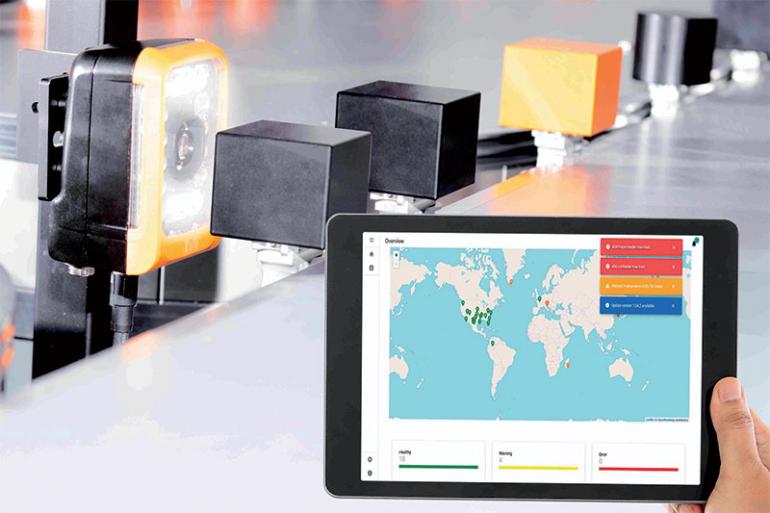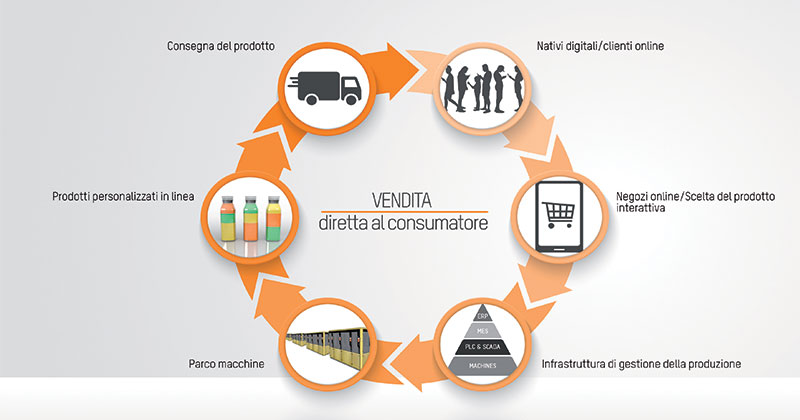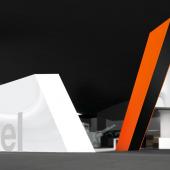Goodbye sequential production, welcome adaptive factory

B&R promotes a paradigm shift based on the integration of industrial processes into a single software ecosystem. The advantages for producers and distributors of goods, called to face a market that requires personalized products in a very short time.
In the global context, in which commerce is now “natively” electronic and omni-channel, market dynamics are increasingly marked by the constantly evolving demands of consumers. This trend leads to the proliferation of SKUs (Stock Keeping Units), the reduction of batch sizes, extreme levels of mass-scale customization, as well as products with an increasingly shorter life cycle.
Finding machines and skilled labor to obtain the flexibility and efficiency necessary to meet these requirements cost effectively is not a challenge that can be faced without shaking up and changing the paradigm of production as we know it.
What can be integrated today
In an integrated ecosystem of control, each piece added
opens up new possibilities, allowing to reach further performance levels, to the advantage of machine manufacturers and the Italian manufacturing industry.
To obtain full flexibility on the factory lines, it is necessary that all the main functions - PLC, HMI, I / O, motion, robots, intelligent systems for the transport of goods, vision systems, security, IIoT connectivity and diagnostics - are part of to the same development and control environment. Just as a single mind controls and coordinates the different parts of the body, an advanced software solution, based on a single application, in a single network, enables and simplifies the design, implementation and use of industrial systems, allowing maximum levels of synchronization and flexibility, to guarantee unprecedented performance, scalability and cost reduction.

The advantages of an “adaptive” model
From the integration of the aforementioned technologies, a new category of “adaptive” machines, lines and factories has been created, characterized by higher levels of flexibility, which allow the production, in an economically sustainable way, of increasingly smaller lots and customized products.
The factories based on this paradigm, instead of being forced to rigid sequential processes, are in fact able to adapt the paths and processes to the required product, exchanging with the company all planning and production information, so as to implement digital strategies and make the entire management of the company “adaptive”.
Integration also translates into higher levels of security and collaboration for online operators, who can now have all the information and tools necessary to better understand and manage production activities.



















